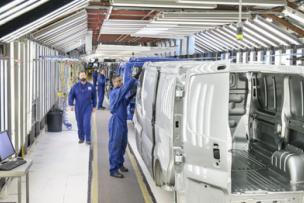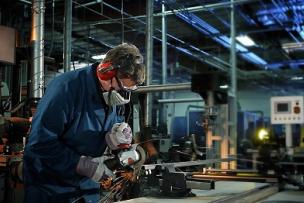Below is a brief overview of this often over-used, misunderstood term, and some tips for putting it to work in your fabrication shop.
Defining Continuous Improvement
Continuous improvement (CI) is defined by ASQ as an ongoing effort to improve a product, service, or process. Most companies achieve this by either adopting one of the well-known continuous improvement methods or through the combination of two or more tools.
According to ASQ, the most widely used tool for continuous improvement is a four-step quality model—the plan-do-check-act (PDCA) cycle, also known as Deming Cycle or Shewhart Cycle. Other widely used tools include Six Sigma, lean manufacturing, and Total Quality Management.
Even so, as an article from Canadian Metalworking points out, it’s important for managers to remember that continuous improvement is more than just a collection of tools. “Many people mistake the individual tools of continuous improvement for the most important part of the program,” the article states. “The tools are just the most visible part that we can see, and subsequently adopt.”
Personnel development, the Canadian Metalworking article continues, should actually be the central focus of continuous improvement. This means that people—not tools—need to be the primary focus of your CI efforts.




Talk to Us!
Leave a reply
Your email address will not be published. Required fields are marked *